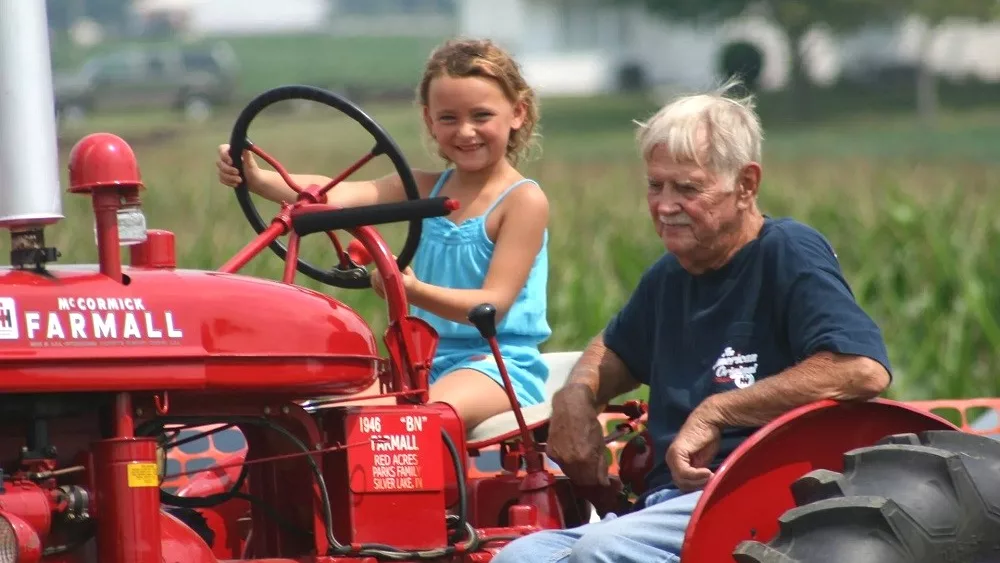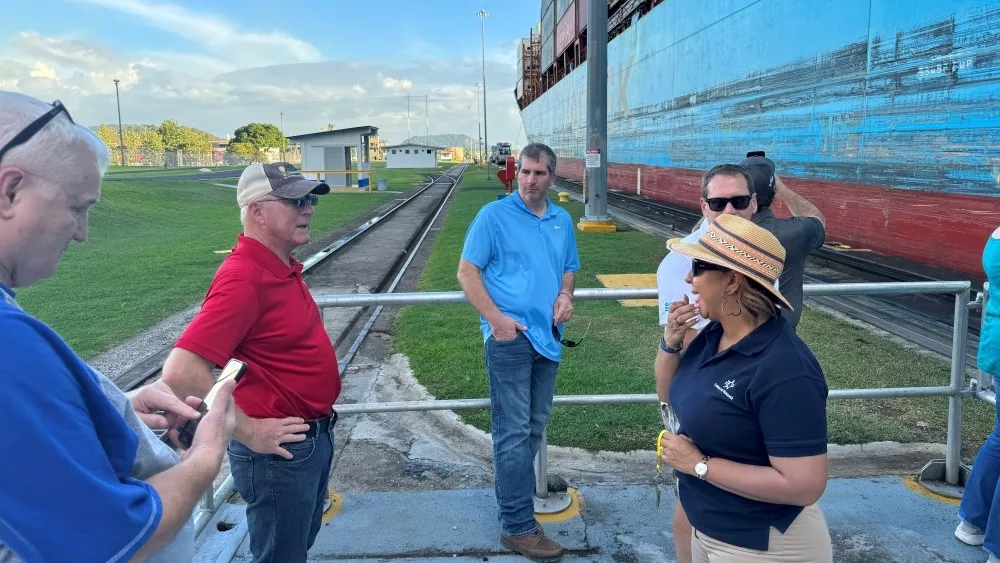
Now that harvest is over, it’s time to start thinking about not only next year’s growing season but mapping out your farm finances for 2024.
“In the finance world, I’ve always firmly believed for the longest time that it’s really important time for our farmers to sit down and really compile their financial data and really work on their year-end balance sheet,” says Steve Witges, Sr. Vice-President of Agricultural Lending at Farm Credit Mid-America.
“I’ve always said one of the things that farmers need to do is do everything they can to remove uncertainty and the unknown,” says Witges. “Quality financials that paint a picture of progress from year to year is one great way to do that.”
First, he says it’s important to complete a review of your finances at the end of the year—each and every year—on a consistent basis.
“These trends that the year-end financials can share are great tools for the farmer themselves, let alone the financial institution you may be working with, to leverage your balance sheet even further to grow the farming operation,” he says.
Witges shares some of the ratios and financial goals that he believes are best for 2024.
“One has reared its ugly head back up again and that’s interest costs,” says Witges. “We’d like to ideally see that interest costs not exceed more than ten percent of your gross farm income. Beyond that, we look at your fixed costs and your variable costs. Fixed costs, for example, are equipment costs and land costs. What we see as a good ratio is something under 35 percent of your gross farm income. The final one is variable costs. If you take all of your costs—minus those fixed costs that I just referenced—we’d like to see that at 50% or less.”
He recommends putting together a Capital Asset Plan if you’re looking at growing your farm operation in the next year or two.
“I really think that a Capital Asset Plan in the area of purchases really helps prioritize what’s important to your farming operation. Maybe in 2024, 2025, or beyond, you may be a little bit more strategic and looking at whether your profits are going to get squeezed. If there is a slip in profits by say 2 percent, what is the capacity of your farming operation to finance those acquisitions?”
Click below to hear the full conversation with Steve Witges with Farm Credit Mid-America, as he discusses the importance of mapping out your farm finances for 2024 and beyond.






